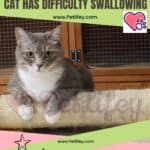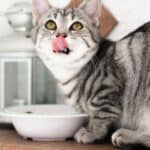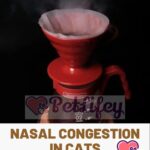Nasal disorders in cats are varied and can present with different symptoms. Let’s try to understand, together, what they are and why they can be dangerous.
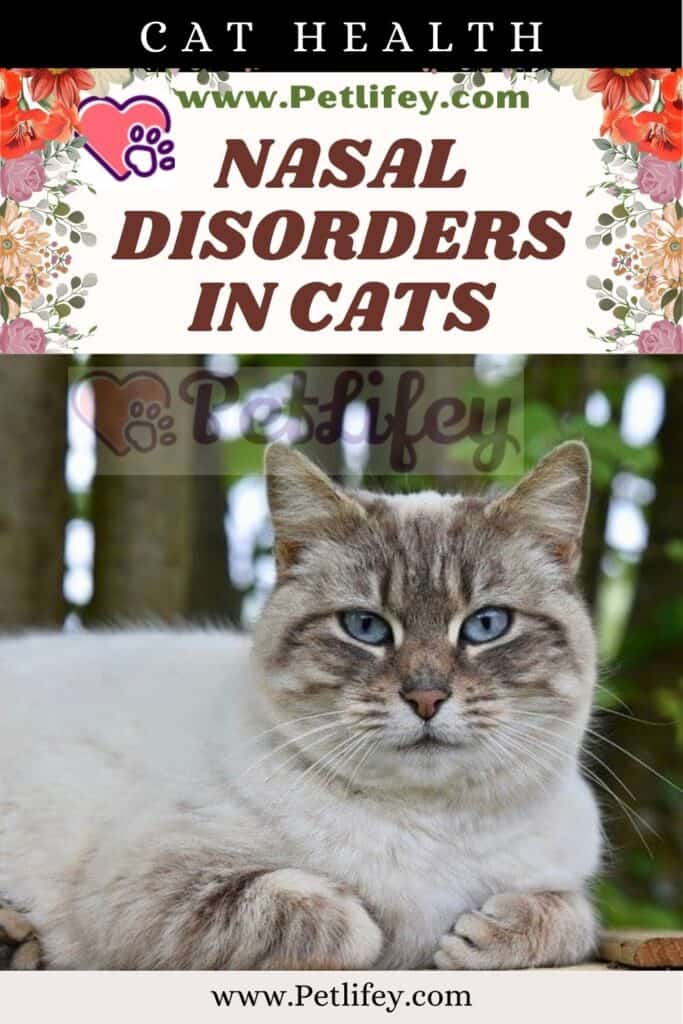
A peculiarity of the feline, a nocturnal creature, is that of being able to see well at night. But for this animal, it is not only the sight that is important. Even the sense of smell can help the furry dog to hunt and survive away from home. It can happen that his nose is affected by some ailments that can compromise his routine. We read everything that may be of interest to know about nasal disorders in cats .
Nasal disorders in cats: the main problems
Even the cat can be affected by annoying problems in the nasal cavity. There are widespread diseases that can damage the functioning of your nose and ruin your habits, both inside and outside the home. We learn more later in the article.
For the cat friend, smell is a very important sense. Perhaps it is not as good as it is for the dog, but this sense allows the animal to smell the people around him and to steal useful information to know them.
Not only. The feline, through its nose, can sense the presence of its fellows in a territory, find places where it can feed and even feel its mother’s breasts while breastfeeding.
The nose of the cat may suffer the changes and it is crucial, for his master who cares, notice to prevent the hairy hands of the serious consequences.
Nasal complaints can occur in cats, although their nose is not often affected. In any case, the main diseases of the nasal cavity in felines are the following:
- The cat sneezes often and does not breathe well: most likely the animal has a simple cold, but it could be the upper respiratory tract.
- The cat has a dry nose : in this case, it could be an inherent problem with the balance of liquids .
- Wounds .
- Scabs .
- Tears : These obvious signs usually indicate an allergic reaction or skin problem.
- Eczema .
- Fungal infection (a condition in which the cat scratches itself frequently).
- Ulcer .
- Rarely, a chronic nosebleed , also due to the presence of foreign bodies, tumors or dental problems in the feline.
- Strong secretions.
We need to know, then, that the nose of the cat can be obstructed not only as a result of diseases, but also on other factors, such as food and dirty environment in which he lives.
The feline and the nose: how it is made and its functions
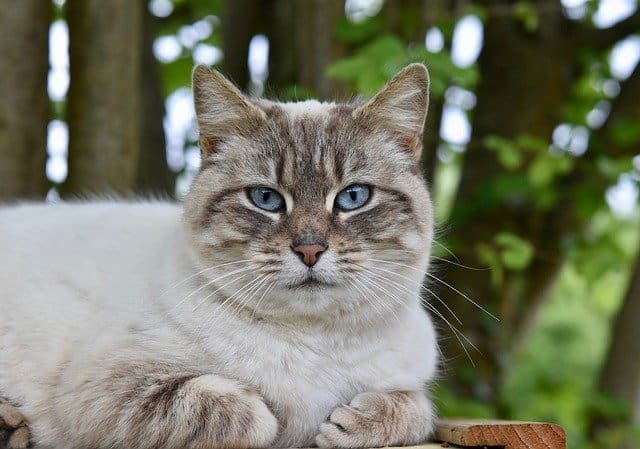
What is the cat’s nose like in detail? And what are its important functions? Let’s find out, together, how fundamental it is for your well-being and for a normal life.
The feline has a nose inside which we find the nostrils, which allow us to reach the nasal cavity and the paranasal sinuses. The nasal cavities are made up of nasal mucosa and a part of it allows the animal to have the sense of smell.
On the upper palate, the outside of the nose, is located in the Jacobson’s organ , also used by other animals to analyze the odors more details.
The cat’s nose can be pink and soft or dark. Furthermore, the humidity of the nasal apparatus indicates a good state of health in the hairy.
Regarding the functions of the nose in the cat, it is essential to ensure a good life. The basic nasal functions are:
- Humidification
- Heating of the inspired air
These two functions are necessary for the hairy, as they allow them to protect the airways from too dry or from excessive cold.
The filtered air, which prevents bacteria, pollen and dust from entering, will carry everything in the mucus to the oropharynx.
If you suspect any respiratory problem or notice one or more of the symptoms listed above, it is advisable to contact your trusted veterinarian to check the condition of the cat and help them get better.



